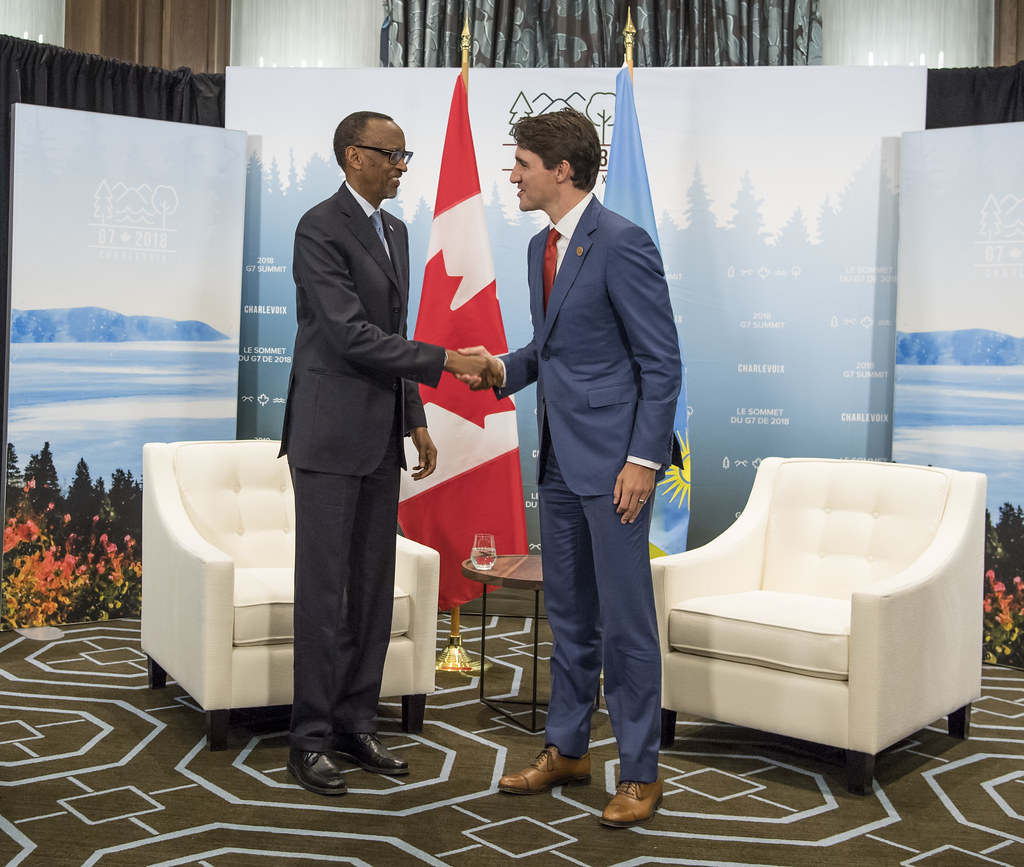Takeaways:
- Trudeau Steps Down: Canadian Prime Minister Justin Trudeau announced his resignation, creating uncertainty in Canada’s political and economic landscape.
- Tariff Threats Loom: Incoming U.S. President Donald Trump has promised 25% tariffs on Canadian imports, adding pressure to the situation.
- Canada-U.S. Relations at Stake: Experts express concern over Canada’s ability to negotiate effectively during this transitional period.
In a surprising announcement, Canadian Prime Minister Justin Trudeau has declared his resignation, citing the need for new leadership ahead of the next election. His decision comes just two weeks before Donald Trump assumes office as U.S. president, bringing with him plans to impose 25% tariffs on all imports from Canada on his first day.
This precarious timing leaves Canada in a vulnerable position. While Trudeau remains in office until a successor is chosen, many fear the “lame duck” status of his leadership could weaken Canada’s stance in critical negotiations with its largest trading partner.
A Strategic Resignation or Poor Timing?
Justin Trudeau’s decision has sparked debate among political and economic analysts. “It’s a remarkable time for the prime minister to be stepping down,” said Xavier Delgado, senior program associate at the Wilson Center’s Canada Institute. “Within the context of Canada-U.S. relations, it really does not make a lot of sense.”
Trudeau, however, defended his choice during a press conference outside Rideau Cottage, emphasizing the government’s commitment to protecting Canadians. “The tools and the need to stand up for Canadians—to protect their interests and fight for the economy—remain our primary focus,” he stated.
Yet critics, including Laura Dawson of the Future Borders Coalition, worry about the lack of leadership. “Who’s driving this bus?” Dawson asked. “There’s no leadership, and the government is in caretaker mode.”
Trump’s Proposal: Merging Canada with the U.S.
On his social media platform Truth Social, Trump responded to Trudeau’s resignation with provocative remarks, suggesting that Canada merge with the United States. “Many people in Canada LOVE being the 51st State,” Trump wrote. He argued that such a merger would eliminate tariffs, lower taxes, and enhance security against threats from countries like Russia and China.
Trump’s comments, though unlikely to lead to serious consideration, underscore his administration’s hardline stance on trade with Canada. The president-elect has long criticized what he calls Canada’s reliance on subsidies and trade imbalances.
Leadership Race and Its Implications
The Liberal Party’s leadership race adds another layer of complexity. Key cabinet ministers, including Foreign Affairs Minister Mélanie Joly and Finance Minister Dominic LeBlanc, are considered strong contenders. Both have been actively involved in Canada-U.S. relations, recently meeting Trump’s cabinet picks at Mar-a-Lago to discuss border security and tariff mitigation.
Political analysts caution that this internal focus could distract the government from addressing Trump’s immediate threats. “The relationship with the U.S. can’t afford to be put on hold,” Dawson emphasized.
Economic and Political Ramifications
Ontario Premier Doug Ford has called on Trudeau to prioritize creating a plan to counter Trump’s tariff threats before stepping down. “Canada’s economic stability depends on swift and strategic action,” Ford stated during a press briefing.
The stakes are high. The U.S. is Canada’s largest trading partner, and a 25% tariff would have devastating consequences for industries ranging from automotive to agriculture. Experts fear that the current political uncertainty weakens Canada’s ability to respond effectively.
Looking Ahead
As Canada faces a leadership transition, the government must navigate Trump’s aggressive trade policies while maintaining economic stability. The new Liberal leader will inherit not only Trudeau’s unfinished business but also the challenge of rebuilding Canada-U.S. relations in an era of heightened protectionism.

